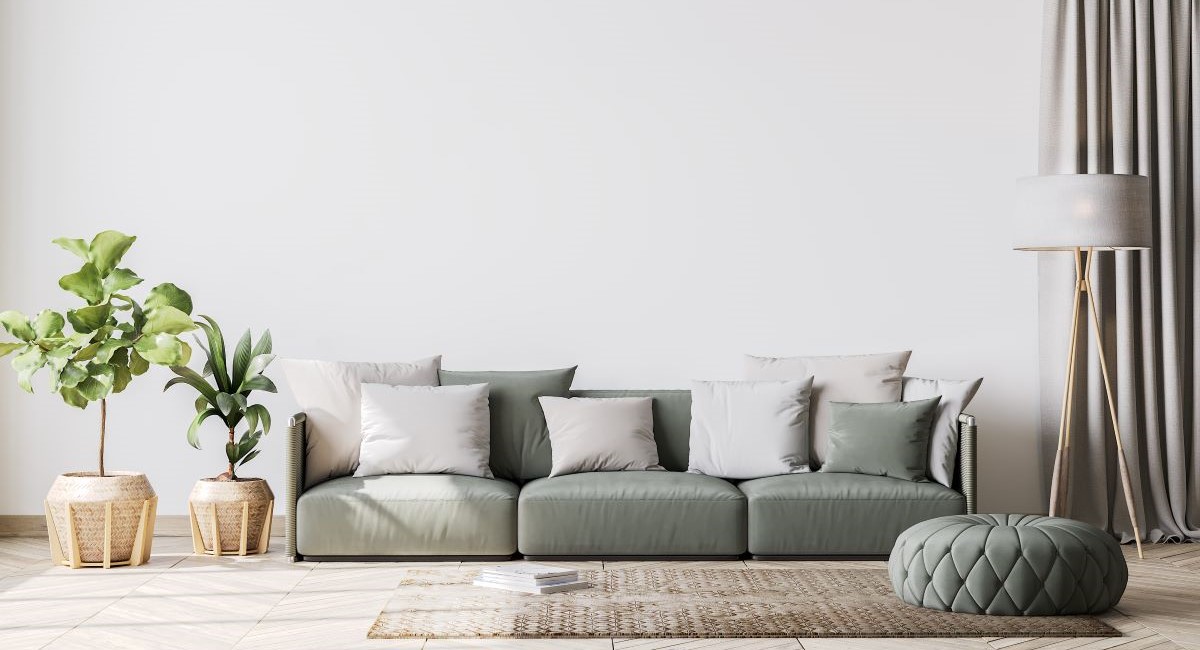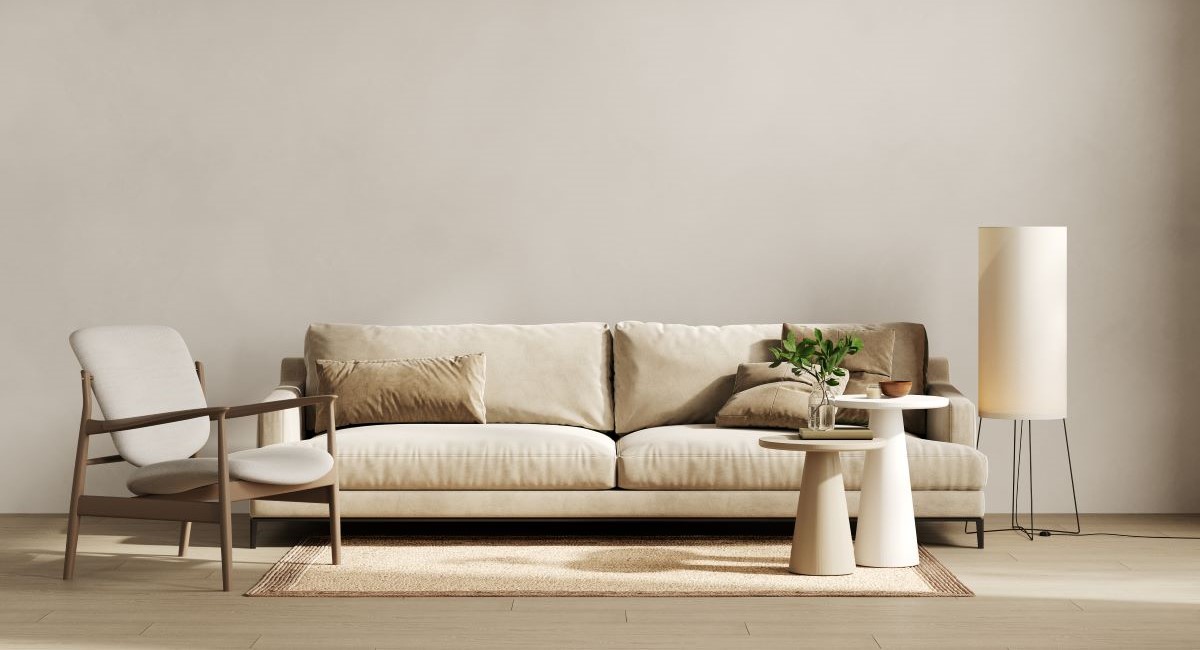Most modern renters find their homes online. They rely on photos, locations, and listed amenities. But once the lease is signed, the actual property often differs—an old sofa, a broken A/C, or missing appliances. This creates trouble for tenants and landlords alike. Without proper documentation, disputes over damages become common.
The good news? A detailed handover at move-in can prevent most of these problems and protect both parties.
Save the Rental Ad as Your Earliest Proof
Rental listings are not just marketing—they’re potential legal evidence. Most ads contain photos and details about the furniture and appliances. While some landlords mark them “for reference only,” Taiwan’s latest lease regulations forbid this. Ads are legally binding now.
Tip: Download or print the ad when viewing the property or signing the lease. If the landlord later removes appliances or violates terms (e.g., allowing male tenants despite “female only” listing), the ad becomes critical proof.
😈 Related Read: What Are Mandatory and Prohibited Clauses in Taiwan?
🔥 Related Read: What Are the Types of Government-Issued Residential Lease Agreements in Taiwan?
Attach Photos and Checklists to the Lease
To clarify responsibility, attach a furniture and appliance checklist to the lease. Taiwan’s official lease template includes a “Property Condition Confirmation Form.” Add photos of each item and give a signed copy to both the tenant and landlord.
For older or mixed-condition units, go further:
- Right closet door loose
- Sofa armrest cracked
- Desk has visible scratches
- Wall corner shows signs of water leakage
Even if items still function, documenting these issues prevents blame for pre-existing damage later.
Functional Tests During the Handover
Many renters grab the keys and rush in. Don’t. Take time to test everything during handover:
- Water & electricity: turn faucets, flush toilets, check drains
- Appliances: test air conditioners, water heaters, washing machines
- Fire safety: smoke detectors, fire extinguishers
- Furniture: stability, paint chipping, missing knobs
You’ll be responsible if you skip these and find issues later.
Clarify Who Fixes What
According to Taiwan’s Civil Code (Articles 423 & 429), landlords are responsible for repairs unless caused by tenant misuse. Common division:
- Landlord: walls, plumbing, electrical wiring
- Tenant: bulbs, filters, batteries
- Custom clauses: take priority if written
List repair responsibilities in the lease to prevent misunderstandings. For example: “Tenant to replace light bulbs,” “Landlord to repair water heater.”
Final Step: Handover the Keys—With Care
Only after everything is verified should the keys be handed over. Also note:
- Confirm keys open the door and match what’s listed in the contract
- Want to change the lock? Get written landlord consent and keep the original to restore later
- If damage is found, ask the landlord to sign a written repair commitment
Checklist Reminders for Both Sides
For Tenants:
- Take photos, test appliances, count furniture
- Notify landlord of issues immediately
- During the lease, report repairs promptly
For Landlords:
- Provide inventory, explain use, document condition
- Update checklist if items are replaced
- Clarify all responsibilities in the contract
Final Thoughts: Handover Isn’t Just a Formality
Think of the handover not as a ceremony but as the official beginning of your rental relationship. A few simple steps—photos, lists, agreements—can save you months of stress later. Do it right, and everyone enjoys peace of mind.


